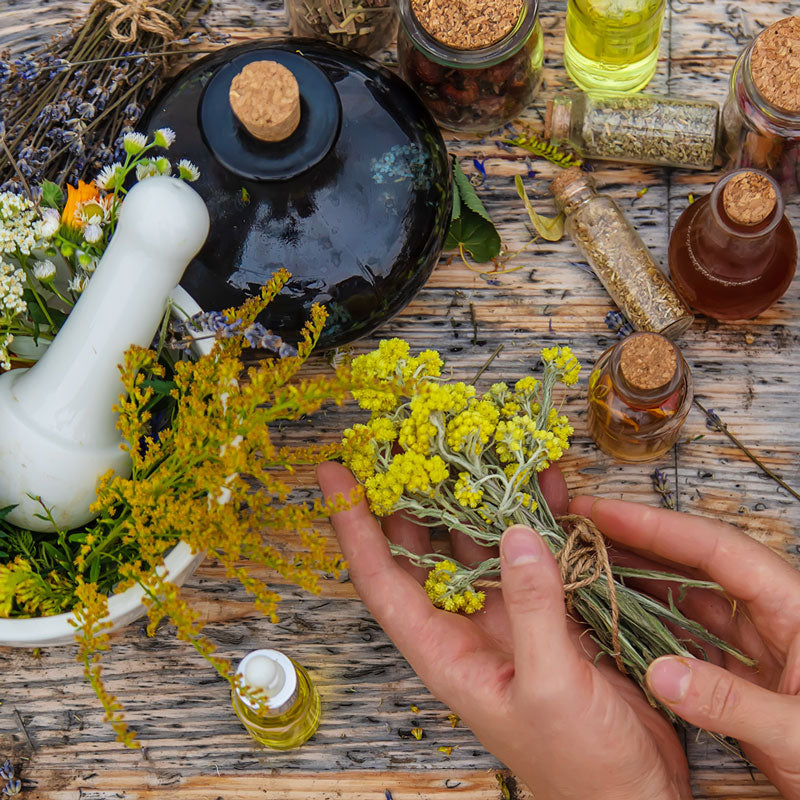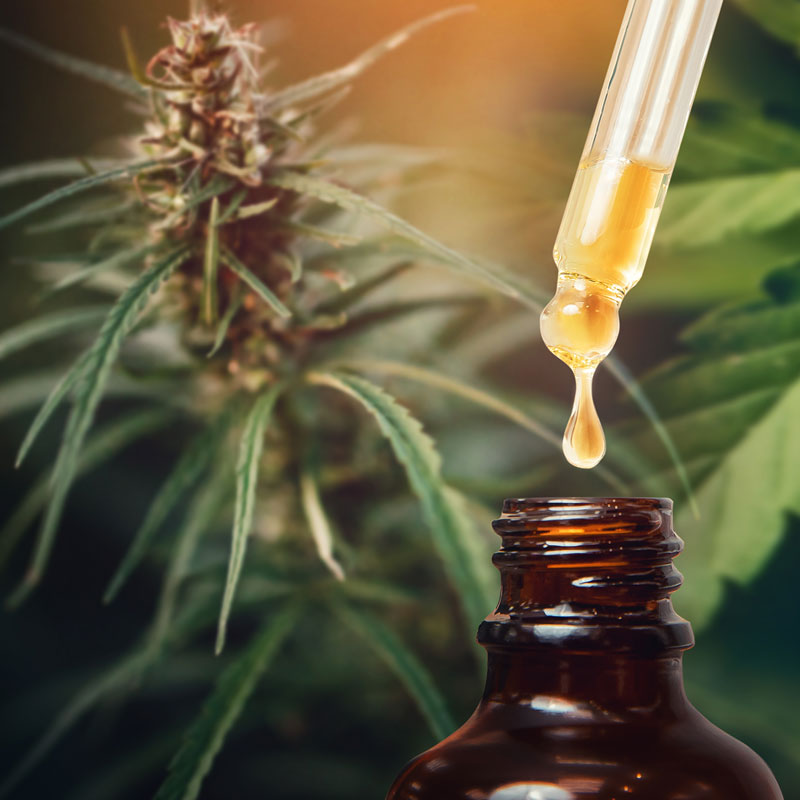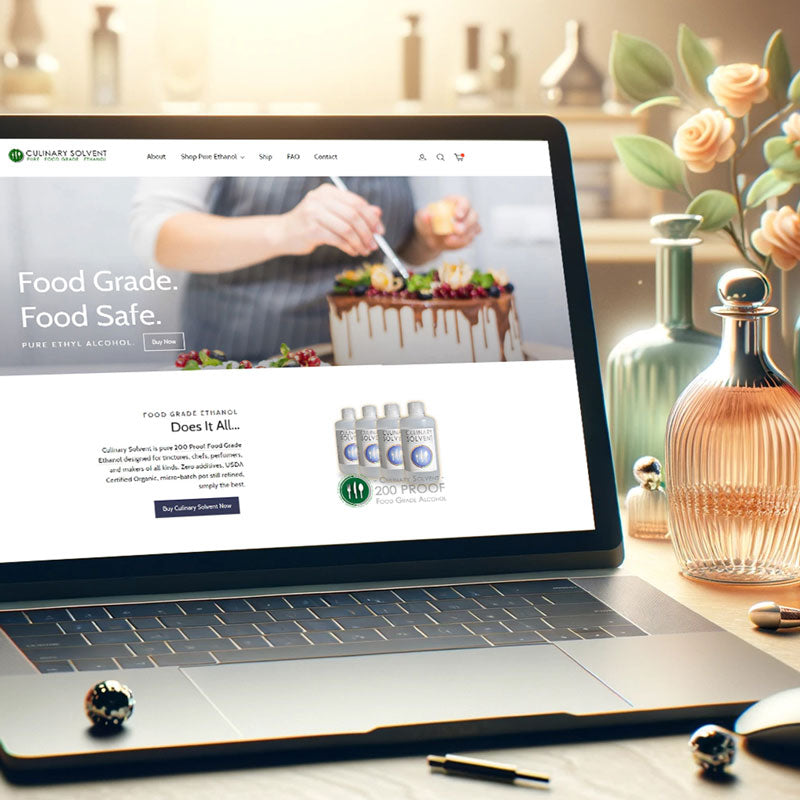Homemade Lavender Tincture and Extract Recipe using Food Grade Ethanol

Lavender is a fragrant herb commonly used in culinary recipes, botanical formulations, and aromatic applications. Making a homemade lavender tincture allows for a concentrated extraction of its natural plant compounds, ensuring long-lasting use in a versatile liquid form. This guide outlines how to create a high-quality tincture using 200 Proof Food Grade Ethanol for optimal purity and efficiency.
What is Lavender?
Lavender (Lavandula angustifolia) is a perennial herb from the Lamiaceae (mint) family, known for its distinct purple flowers and aromatic properties. It has been used for centuries in culinary dishes, homemade crafts, and botanical extracts.
Why Make a Lavender Tincture?
- Enhanced Aroma: A tincture allows for the full extraction of lavender’s aromatic compounds, making it more versatile than dried lavender.
- Long Shelf Life: While dried lavender may lose potency over time, an ethanol-based tincture remains stable for up to two years.
- Convenience: A liquid extract is easy to incorporate into recipes, homemade formulations, and DIY projects.
Where is Lavender Grown?
Lavender thrives in dry, well-drained soils with full sun exposure. It is widely cultivated in California, Oregon, Washington, Texas, and New Mexico. It is commonly grown on herb farms, in home gardens, and in wild meadows.
Sourcing and Selecting Quality Lavender
For the best tincture results, source organic, dried lavender flowers from reputable herbal suppliers, farmers’ markets, or home gardens. Choose deep purple buds with a strong floral aroma. Avoid lavender that appears faded or has a musty scent, as this may indicate a loss of potency.
Preparing Lavender for Tincture
- Ensure the flowers are clean and free from debris.
- Lightly crush or chop the flowers to increase surface area for better extraction.
Best Practices for Storing Your Lavender Tincture
Store your lavender tincture in a dark glass bottle, away from heat and direct sunlight, to maintain its quality. When properly stored, the tincture can remain effective for up to two years.
Ways to Use Lavender Tincture
Culinary Applications
- Flavor Enhancer: Adds a subtle floral note to baked goods, syrups, and beverages.
- Beverage Infusions: A few drops complement herbal teas, cocktails, and lemonades.
- Dessert Ingredient: Enhances ice creams, custards, and homemade candies.
DIY Herbal and Crafting Uses
- Aromatherapy: Can be blended with vanilla, citrus, and chamomile extracts for DIY room sprays.
- Natural Cleaning Solutions: Used in homemade cleaners for a pleasant, fresh fragrance.
- Bath and Body Products: Added to lotions, bath salts, or soaps for a botanical touch.
Final Thoughts on Crafting a Lavender Tincture
Making a lavender tincture at home allows for a high-quality, concentrated botanical extract that can be used in culinary, herbal, and crafting applications. Using 200 Proof Food Grade Ethanol ensures a pure and effective extraction process.

Disclaimer: This content is for informational and educational purposes only. Consult a professional before using tinctures for any specific application. Individual reactions may vary.










